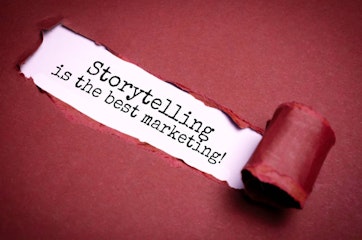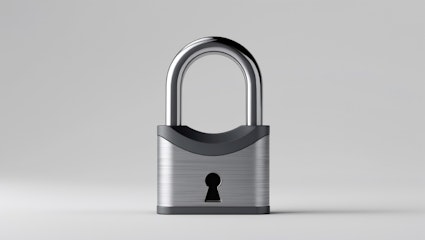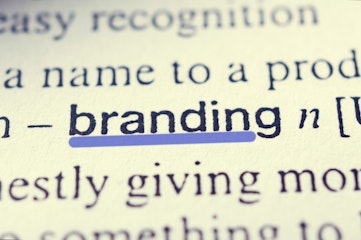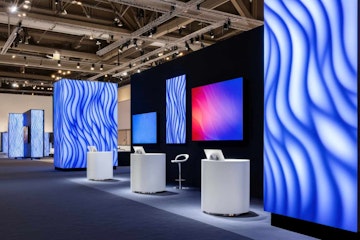It’s wild to think that something as simple as a square filled with black-and-white pixels can change the way a person interacts with a brand. But that’s exactly what QR codes do, when used well. And that’s the key.
The goal isn’t just to stick one on a poster and hope someone scans it out of sheer curiosity (though, hey, sometimes they will). The goal is to design signage that makes the interaction feel irresistible. Smooth. Effortless. Like a tap on the shoulder from a brand that actually knows what you want before you do.
Let’s break down how to make that happen.
Think beyond “scan to learn more”
QR codes are so often wasted on generic, low-effort calls to action. “Scan for more information.” That’s not inspiring. It doesn’t give people a reason to act now.
Instead, be specific. What will they get if they scan? A discount? An interactive tour? A free sample request form? A backstage video? Give them a reason to care. Better still, give them a reason to act immediately. Scarcity, curiosity, exclusivity – these are all powerful nudges when used sparingly.
A few stronger examples:
Scan to unlock 10% off today only
Watch our product in action
Tap into our free design guide
Claim your VIP invite
The magic’s in the offer, not just the action.
Make the code feel clickable
This is where the design of your signage really earns its keep! A QR code on its own is just a pattern. But with good design, it becomes a portal.
Use contrast to make your QR code stand out, especially from a distance. Give it breathing room so it doesn’t get lost in a cluttered layout. And always include a simple, enticing CTA directly above or below the code so people know exactly what’s on the other side.
Even better – pair the code with a branded visual or image that shows what they’ll receive. Think of it like a thumbnail for the experience.
Here’s an example of how to tie it all together:
Branded visuals for pop-up promotions work beautifully when paired with QR codes. If you’re advertising an in-store event or product launch, let the design do the heavy lifting while the QR code provides the next step.
Placement makes or breaks engagement
Where you place your signage – and therefore your QR code – affects how likely it is to be used. Eye level is a good starting point, but context is everything.
If people are walking past quickly, your signage needs to be bold, simple and scannable in one smooth motion. If they’re queuing, you’ve got more freedom to share detail. If they’re seated – like in a waiting area or café – you can afford to be more playful or layered.
Test different placements to see what works. Sometimes a subtle floor decal is more effective than a giant wall poster. Sometimes a tabletop tent card outperforms a window sticker.
A quick tip: check lighting and reflections. A glossy code in bright light can become unreadable – and no one’s going to spend their time angling their phone just right.
Where does the code take them?
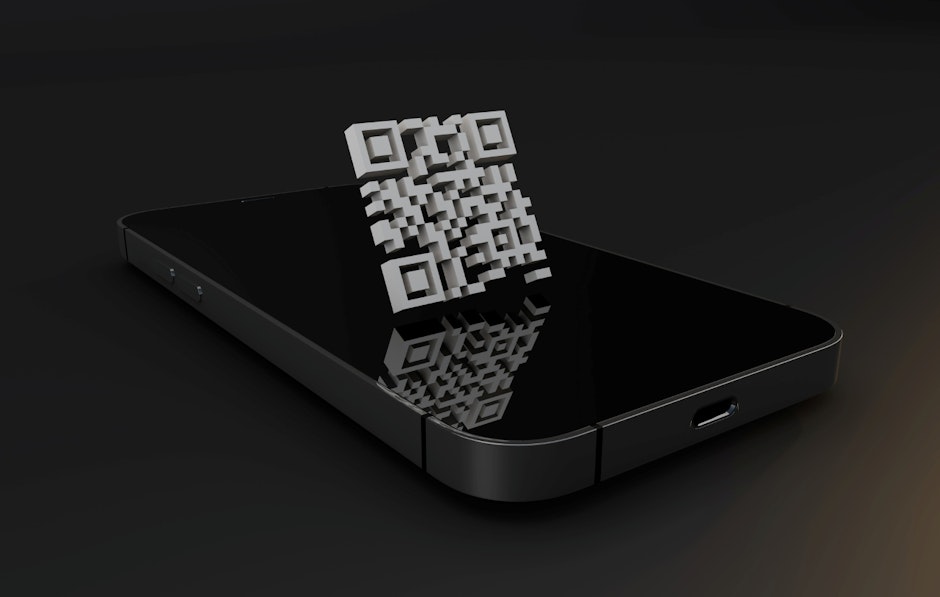
A QR code is only as good as the experience it delivers. Sending someone to your homepage is a bit lazy. It’s like handing someone a map with no landmarks.
Instead, send users to a page that matches the promise of your signage. If the poster says “Scan to get our free brochure,” make sure that’s exactly what the landing page delivers.
Mobile-friendliness is also key here. Keep the page clean, fast-loading and easy to interact with on a small screen. And track everything. UTM parameters, scan rates, bounce rates – all of it helps you iterate and improve.
Blend tech with design
QR codes don’t have to ruin the aesthetic of your signage. In fact, they can add to it if you design them well.
Try incorporating your brand colours into the QR code (many generators allow for this), and use vector-based formats for crispness. Just be careful – don’t go so wild with styling that it stops working.
And don’t forget about your environment. If your signage is part of a larger event setup, like an exhibition, consider how the QR code ties into the full experience. You might even create zones where people can engage via different codes depending on their interest or stage in the customer journey.
If you’re looking for ideas on how to elevate your display even further, check out our guide to stand ideas for your next exhibition – it’s full of creative inspiration that pairs perfectly with QR-driven interactivity.
Our takeaway: make scanning worth it
At the end of the day, a QR code is just a tool. What matters is how you use it to spark real engagement. Make the code scannable, make the reward clear, and above all, make sure that the experience is seamless for the customer.
Used well, it can be a bridge between offline impact and online action – turning curiosity into clicks, and clicks into conversions.

